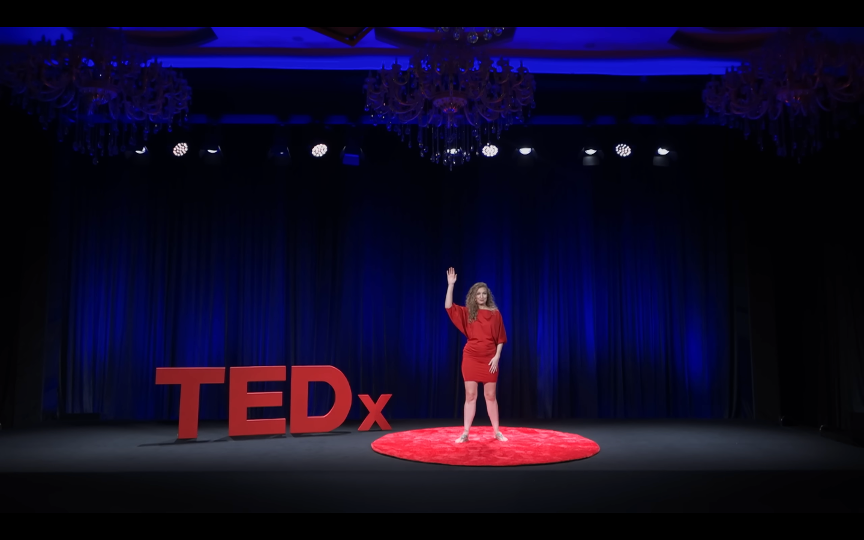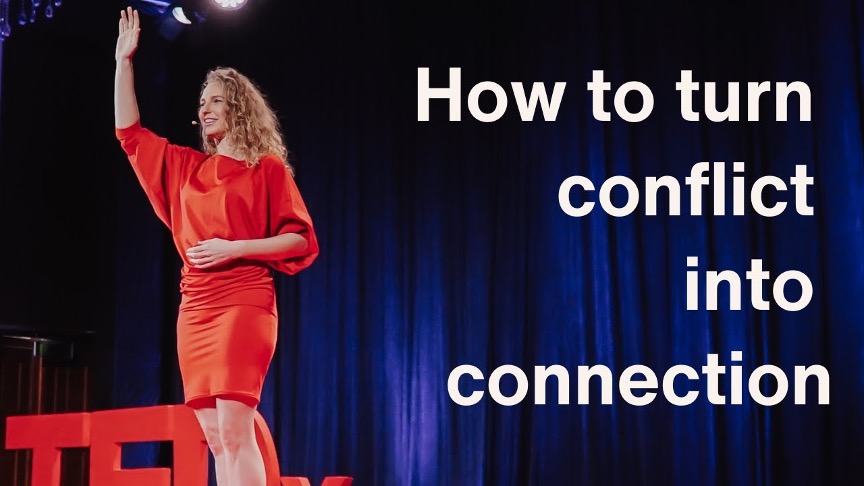“Love isn’t avoiding conflict—it’s how you show up inside it.”
I. The Control-Connection Paradox
It begins, as most fights do, with something absurd. A bottle of hot sauce. A slammed door. A forgotten “hello.” And yet, for Eri Kardos, these moments are not annoyances to be glossed over—they are seismic clues. The former leader at Fortune 500 companies like Amazon turned love and relationships coach, who’s quietly reengineering the way couples approach conflict, believes these everyday triggers are not about condiment preferences or door hinges. They are portals into something deeper, something unresolved. “Most conflicts aren’t about what’s happening right now,” Kardos tells us. “They’re about old wounds wearing a new disguise.”
That disguise, she argues, often masks the true battle: not between lovers, but between lovers and their pasts.
II. Decoding Childhood’s Shadow
If you’ve ever gone silent mid-argument and wondered, “What are we even fighting about?”, you’re not alone. Kardos says this confusion is a signpost—not of dysfunction, but of outdated emotional coding. “Think back to your childhood,” she begins, inviting viewers of her now-viral TEDx Talk to excavate their emotional DNA. “Maybe love wasn’t about connection. It was about control.”
She outlines three archetypes born from these formative years: the pleaser who avoids conflict to keep peace, the fixer who micromanages emotions to feel needed, and the shutdowner who retreats into emotional hibernation. Each carries unspoken rules from childhood into adult intimacy. And in cities like New York, where stress, overwork, and childhood scripts collide in shoebox apartments and subway silences, these roles get amplified. The pleaser becomes the over-apologizer. The fixer becomes the chronic scheduler. The shutdowner becomes the ghost behind the phone screen.
These roles are not defects, Kardos says—they are survival strategies. But left unchecked, they calcify into default settings, undermining intimacy one reaction at a time.
III. The Bubble of Awareness: The 3-Minute Neuroscience Hack
To break free from those inherited patterns, Kardos offers what she calls The Bubble of Awareness—a deceptively simple yet neurologically potent practice, rebranded here for academic gravitas. Known in her original transcript as the “bubble of awareness,” it unfolds in three layers and takes less than three minutes to initiate.
First, pause and breathe. “Your body warns you when control is creeping in,” Kardos explains. A tight chest, a closing throat—somatic cues that signal old programming flaring up.
Second, expand. Reflect on where these feelings have appeared before. Childhood. An old breakup. “Most fights aren’t about now,” she reminds us. “They’re about the past.”
Third, extend compassion outward. Ask: What might my partner be feeling? What’s their story? This is the heart of the Bubble of Awareness—where your pain, their pain, and present awareness meet.
“When you shift from reacting to relating,” Kardos says, “you begin to fight for connection, not control.”
Most fights aren’t about what’s happening right now,” says Kardos. “They’re about old wounds wearing a new disguise.

IV. Case Study: Hot Sauce as Trauma Trigger
Nowhere is this method more vividly demonstrated than in Kardos’ own kitchen. It was date night. She picked up her husband’s favorite meal and remembered everything—except the hot sauce. A simple oversight, yet when he noticed, the atmosphere shifted. “I saw him freeze,” she recalls. “His wall went straight up.”
In that flash of disconnection, Kardos felt the old narrative rise—I’m not enough. Her instinct? Defend. Blame. Apologize excessively. But instead, she did something radical. She paused. Breathed. Expanded.
What emerged was not about condiments at all, but childhood echoes. Her husband’s pain—is rooted in early moments of invisibility. Her own—tied to the burden of being “the responsible one” as a child. “He is struggling to trust that his needs actually matter,” she realized. In that moment, she chose to connect, not control.
Statistically speaking, this shift is everything. According to Dr. John Gottman, whose research underpins much of modern couples therapy, 69% of conflicts in relationships are unsolvable. That means the goal isn’t victory—it’s understanding. “So why keep fighting a fight you can’t win?” Kardos asks.
V. Rewriting the Fight Script
Pam and Marcus, a married couple Kardos coached, learned this the hard way. One slammed door, two wounded egos, and a couch-wide chasm between them. “He comes home, slams the door, doesn’t say a word,” Pam complains. “By the time I come out, she’s cold and distant,” Marcus retorts.
What followed wasn’t therapy—it was triage. Kardos walked them through the Bubble of Awareness. Both located their body’s distress signals—tight throat, heavy chest. Then came the revelations: Pam’s fear of doing something wrong, echoing her father’s moods. Marcus’ fear of being abandoned, rooted in childhood loneliness. “They weren’t fighting each other,” Kardos reveals. “They were fighting old wounds.”
Twenty-five minutes later, they weren’t adversaries. They were teammates.
As author Crismarie Campbell notes, “As adults, we don’t need to always get our way. But we do need to feel heard and genuinely considered.” That’s the true battleground—one where compassion wins over correctness.
Kardos believes that relationships are shaped not by the big blowouts, but the small moments of choosing connection over control.

“Next time your partner forgets the bagels from Russ & Daughters, ask yourself: Is this about cream cheese—or the 8-year-old who never felt heard?”
In the city that never sleeps, where subway screeches drown out whispers of longing, Eri Kardos invites us to listen—first to ourselves, then to the wounded child behind our partner’s eyes. She doesn’t promise peace, but she offers a map. One that begins not with logic or lecture, but with three small words:
Pause.
Breathe.
Expand.

